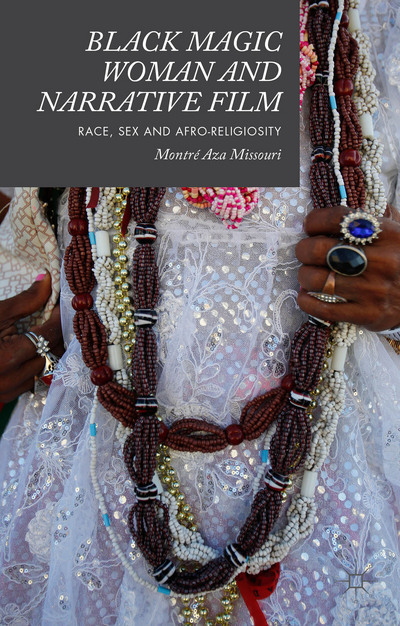Raising my biracial Jewish childPosted in Articles, Family/Parenting, Judaism, Media Archive, Religion on 2015-11-23 20:04Z by Steven |
Raising my biracial Jewish child
Ethical Jam
The Times of Israel
Jerusalem, Israel
2015-11-12
Ethical Jam presents contemporary ethical dilemmas and the responses of Jewish thinkers from across the world Jewish community. Ethical Jam is a project of the Center for Global Judaism (CGJ) at Hebrew College in Newton Centre, Massachusetts and of the Times of Israel, and was created by CGJ’s director Rabbi Or Rose and Hebrew College president Rabbi Daniel Lehmann. It is edited by Rabbi Sue Fendrick, Editor at CGJ.
My husband and I are both white; we have a six-year-old adopted daughter who is biracial. We are socially progressive and it is important to us to be self-aware parents of a brown-skinned child, staying updated on issues that matter to us especially as a multi-racial family, and becoming aware of and working on our own unconscious racism. We don’t live in a very diverse area, and our Jewish community is almost exclusively white; it is important to us to have more brown-skinned people in our daughter’s life, yet it feels problematic to us to target people for friendship just because they are African-American, and surely would feel problematic to them as well! Moving into a more racially diverse neighborhood would, in our city, remove us from the hub of Jewish activity which has been very important to our family. How can we find ways to make sure that Sarah’s world has people in it who look like her and with whom she may share some heritage and experience, without turning people into objects or tokens, or sacrificing the quality of our (and her) Jewish life?
Jenny Sartori says…
You’re right that, as a transracial adoptee, Sarah needs to grow up with people of color in her life. You’re also right that targeting people for friendship just because they are African-American is problematic. Instead, try putting yourselves in situations in which you are likely to meet a diverse group of people who share your own interests: join a book club, attend cultural events, join the Y or enroll your daughter in an activity in a racially diverse area. And introduce yourself to people, not because they are African-American but because they seem to be nice people with whom you share something in common. Just because you may have made a deliberate choice to put yourself in these situations doesn’t mean the efforts and the friendships are not genuine…
…Yavilah McCoy says…
…José Portuondo-Dember says…
Read the entire article here.




